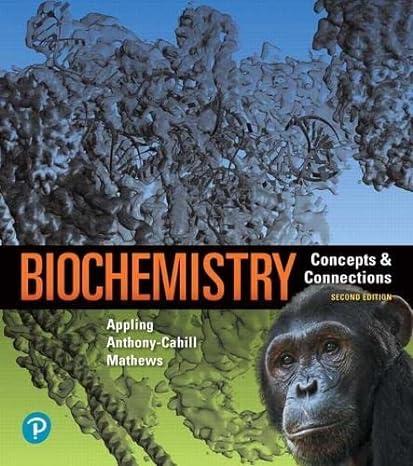Hemoglobin Rainier (HbR) is a mutant in which Tyr 145 of the -globin is replaced by Cys.
Question:
Hemoglobin Rainier (HbR) is a mutant in which Tyr 145 of the β-globin is replaced by Cys. This Cys forms an intramolecular disulfide with β Cys93 in the oxy state but cannot form the intramolecular disulfide in the deoxy state.
(a) How do you expect O2-binding affinity of disulfide-bonded HbR to compare to that of normal adult Hb (HbA)?
(b) Do you predict that the Bohr effect for disulfide-bonded HbR is greater than, less than, or the same as the Bohr effect in HbA? In other words, will changes in pH likely have a greater, lesser, or the same effect on O2 transport by these two Hbs?
(c) Is a person with disulfide-bonded HbR likely to adapt to higher elevation more slowly or more quickly compared to a person with HbA? (i.e., would HbR be an asset or a liability for someone trying to climb tall mountains?)
(d) HbR is reported to have P50 = 14 torr and a Hill coefficient = 1.2. Calculate ΔYO2 for a climber with HbR assuming that, at 14,000 ft (∼ 4300 m), PO2 = 48 mm Hg in lungs and PO2 = 15 mm Hg in muscle capillaries. Compare the calculated value of ΔYO2 for a climber with HbR to ΔYO2 for a climber with HbA under the same conditions of lung and capillary PO2. (For HbA: P50 = 28 mm Hg and a Hill coefficient = 3.2.)
Step by Step Answer:

Biochemistry Concepts And Connections
ISBN: 9780134641621
2nd Edition
Authors: Dean Appling, Spencer Anthony-Cahill, Christopher Mathews





